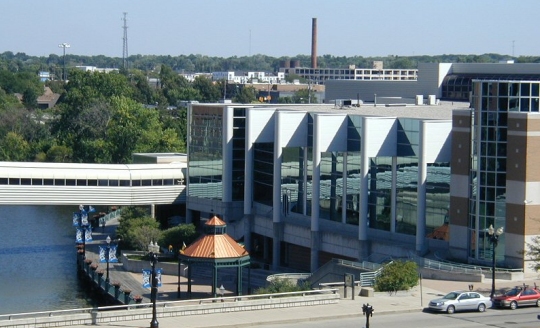
(click for credit)
On October 17th, 2009, the cabinet of the Republic of Maldives held a meeting underwater. Outfitted with scuba gear and using hand signals to conduct the meeting, they signed a document calling on all countries to reduce their carbon dioxide emissions. Why would they do such a thing? The average elevation of their country is a mere 1.5 meters above sea level, making it the lowest-lying country in the world. Thus, they consider themselves the most at-risk nation when it comes to rising sea levels. Since many think that human-produced carbon dioxide is warming the planet and contributing to sea level rise, they wanted to make it clear that if the world doesn’t do something to curb emissions, their island nation could soon be underwater.
It is well known that sea levels have been rising since the end of the 1700s1, but we don’t know how much of it is caused by human-induced global warming and how much is part of the earth’s natural climate variability. Some claim that sea level rise has accelerated due to human-induced global warming, while others claim that it has remained fairly constant for the past 100 years or more. Hopefully, more research will allow us to get a better handle on how much of the rise in sea level is natural and how much (if any) is caused by human activity.
Nevertheless, let’s grant the Republic of Maldives its assumptions. Let’s say that rising carbon dioxide levels are heating up the planet, melting its ice reserves. This is causing sea levels to rise, and as a result, nations like the Maldives are at risk. They could literally be underwater if something doesn’t change soon. There is a serious problem with this scenario. The Republic of Maldives is made of a collection of atolls, ring-shaped coral reefs that can form lovely islands. Coral reefs, of course, are made of living organisms (corals) and their remains. We know that living organisms respond to changes in their environment.
We now know that the corals which form atolls respond to rising sea levels by raising the level of the atoll.
Continue reading “Coral Islands Adjust to Rising Sea Levels”



